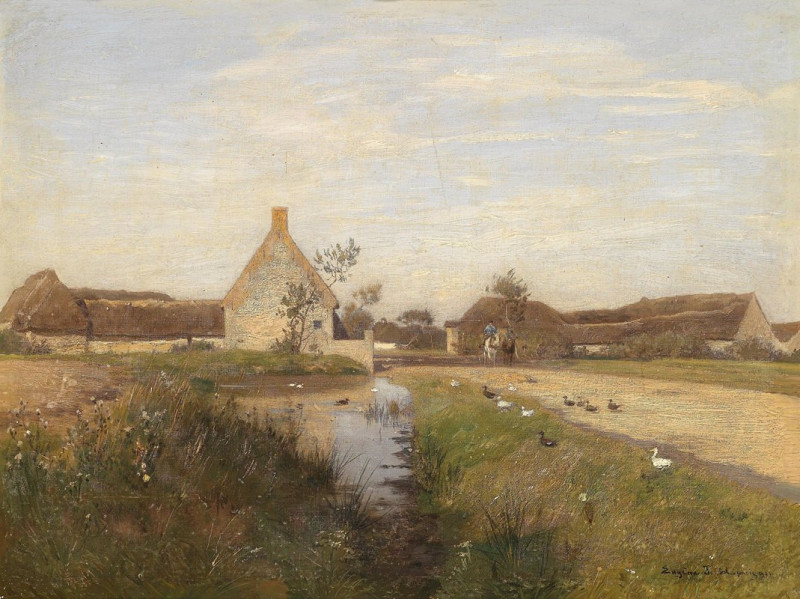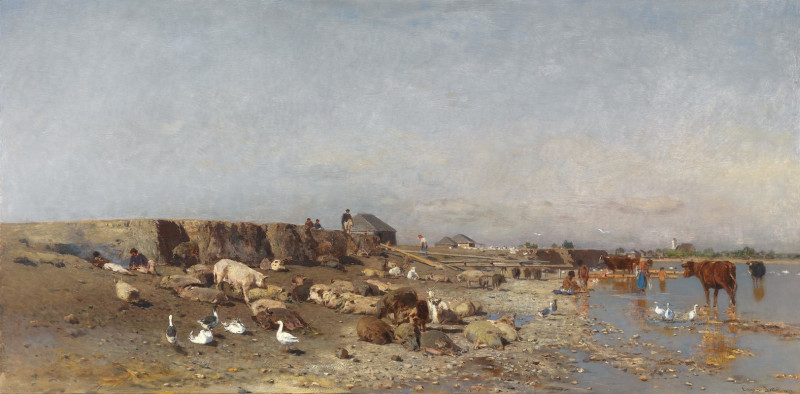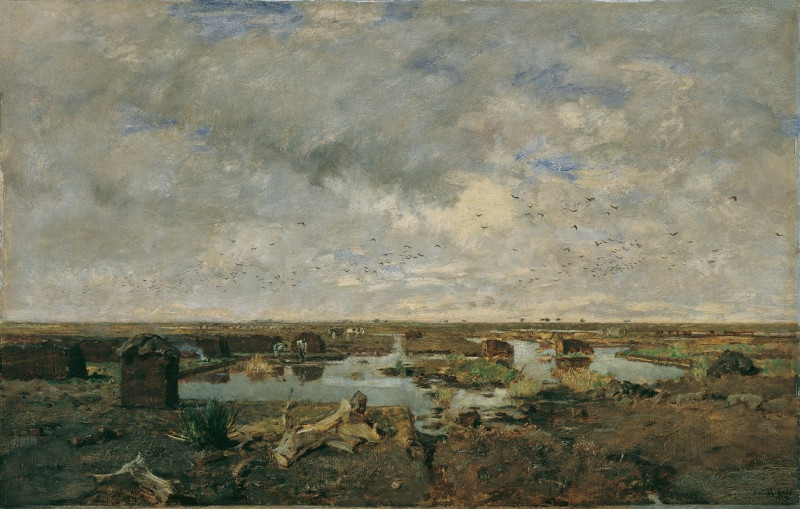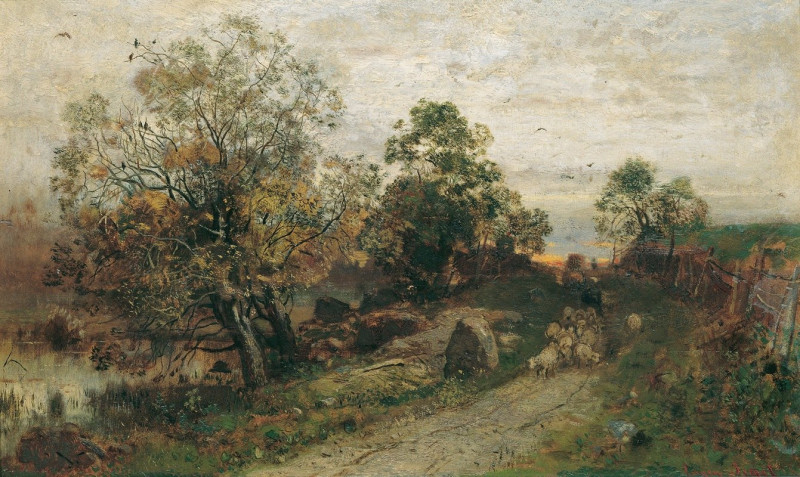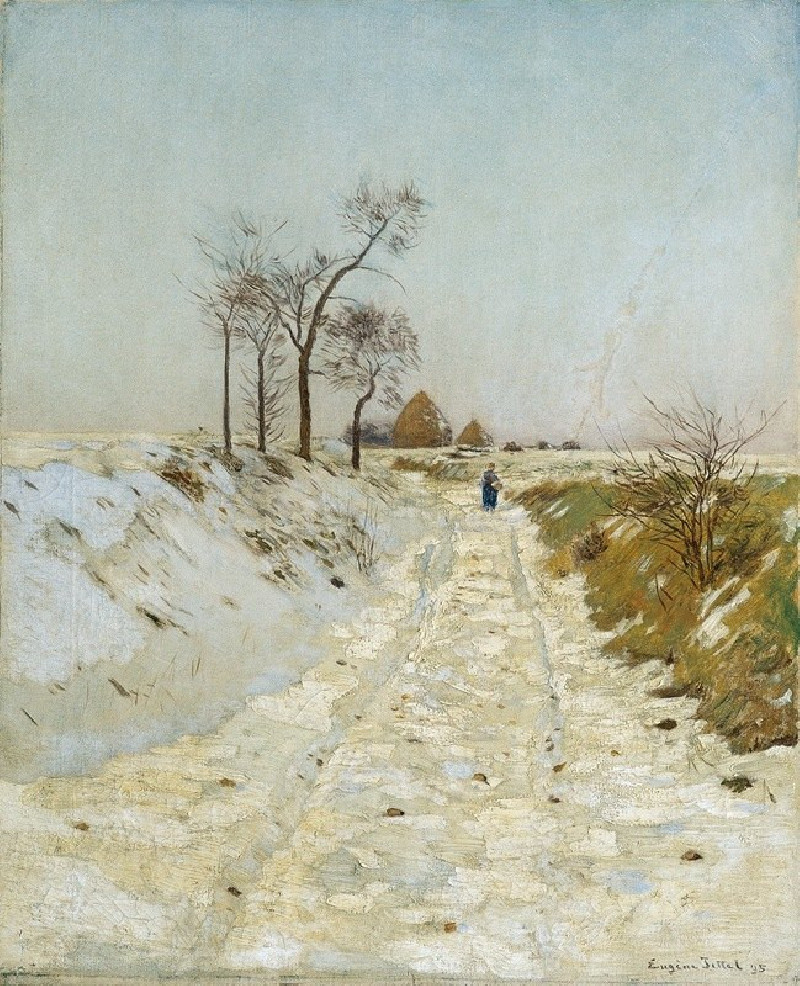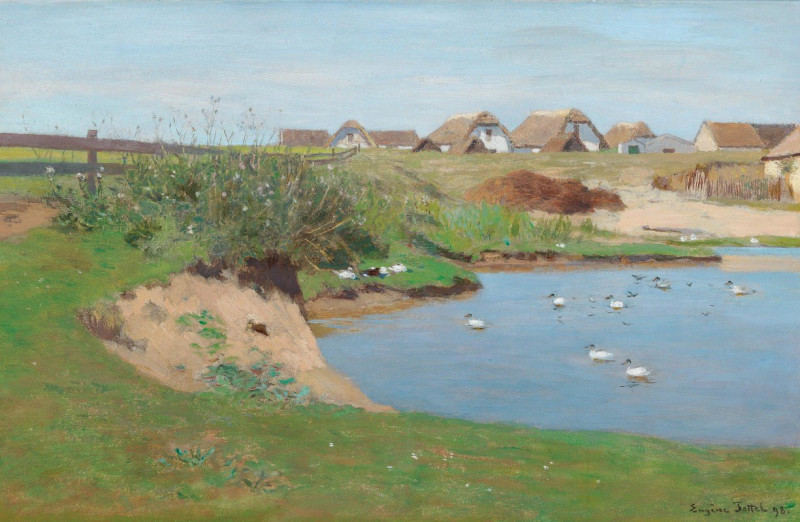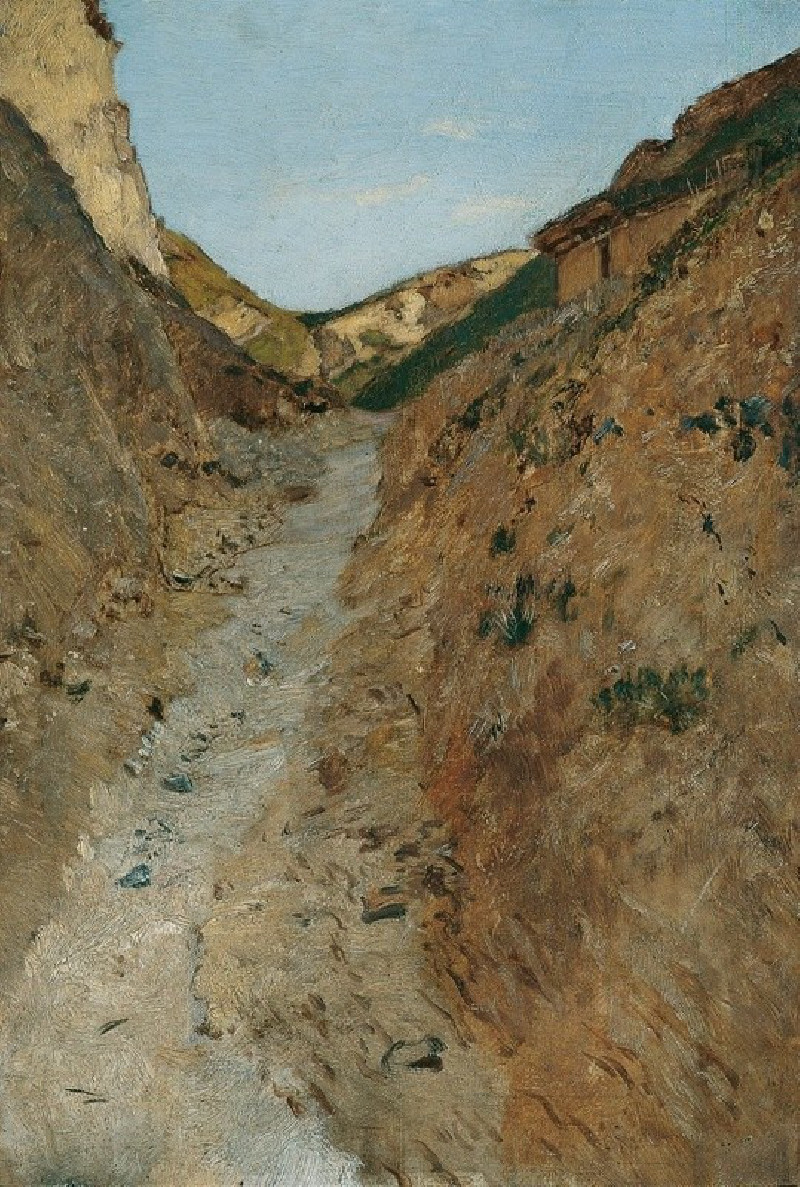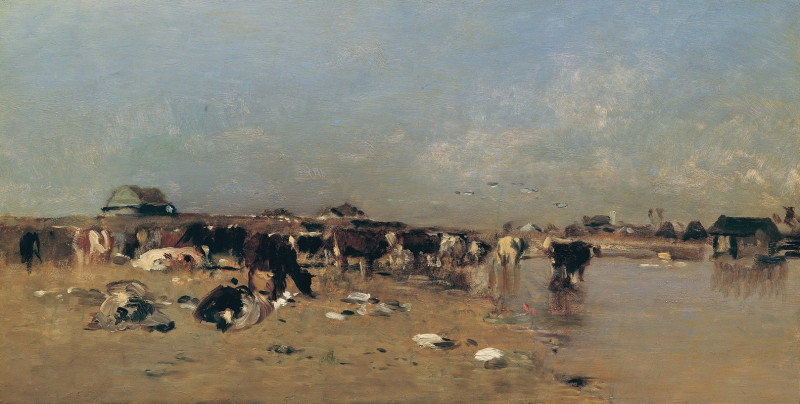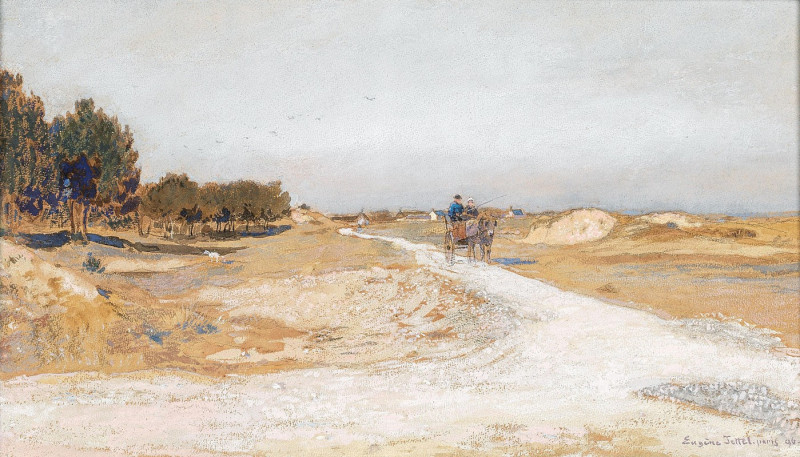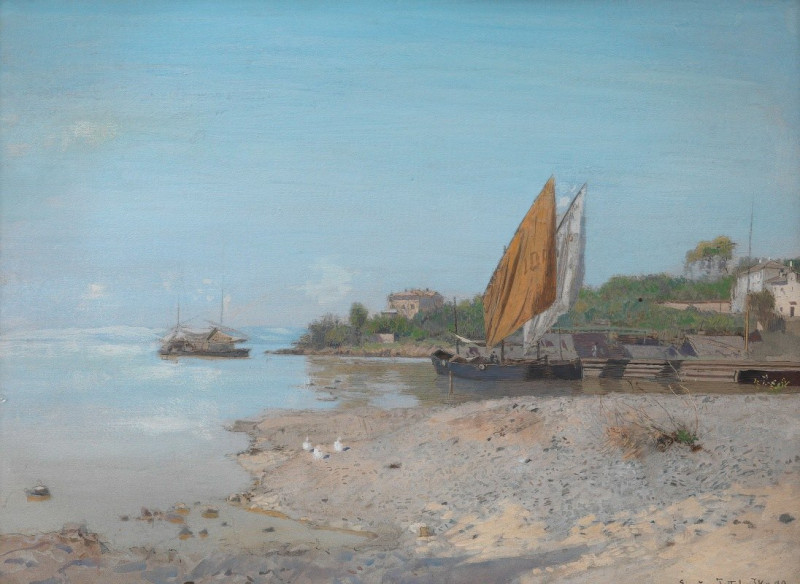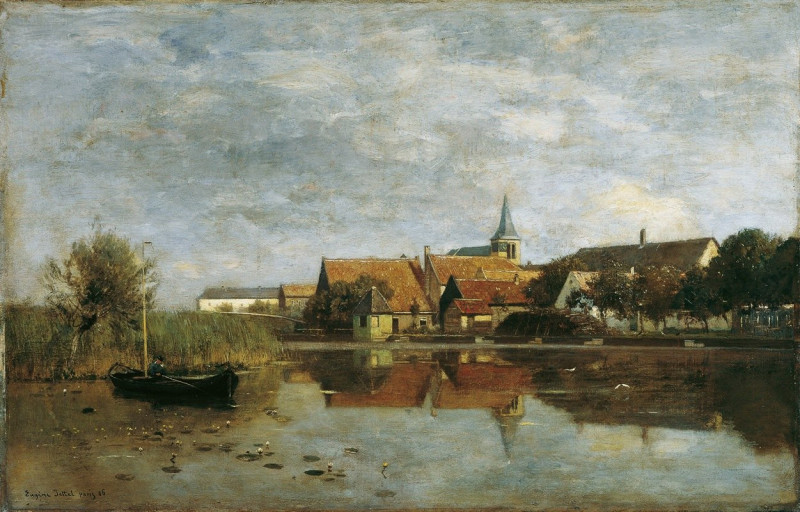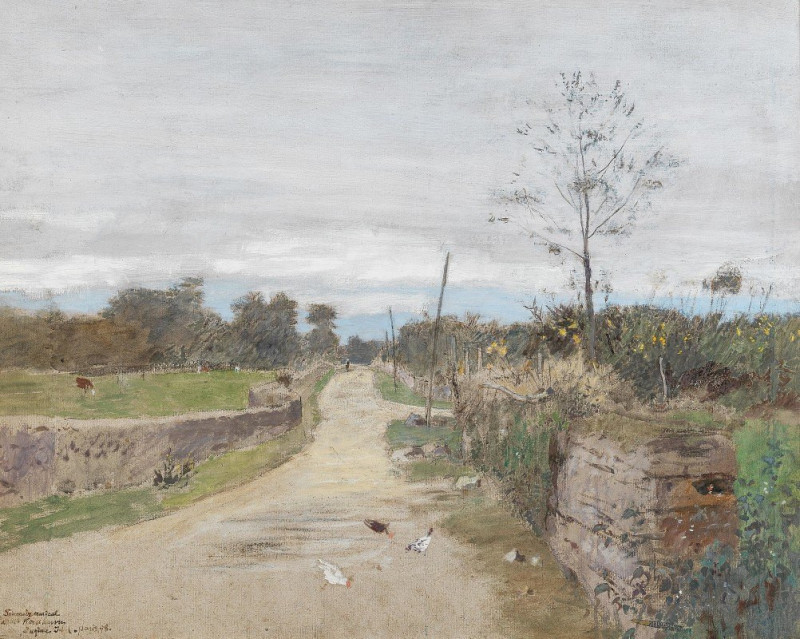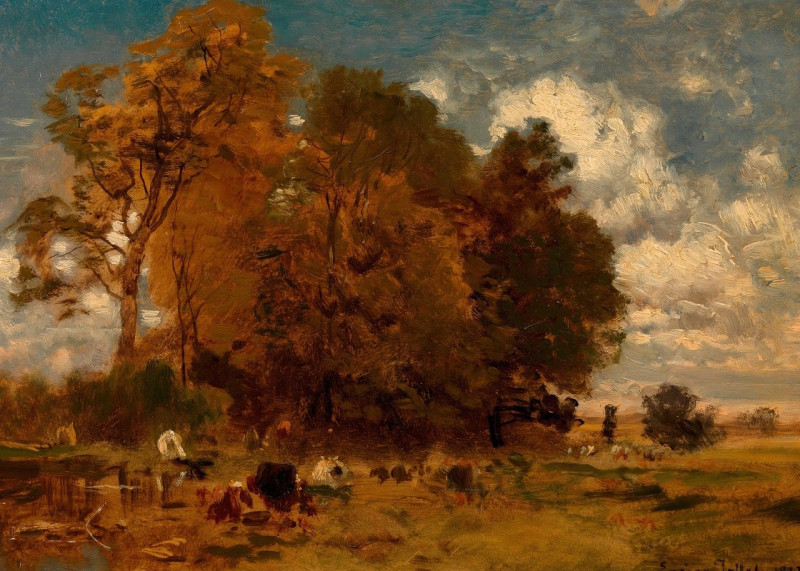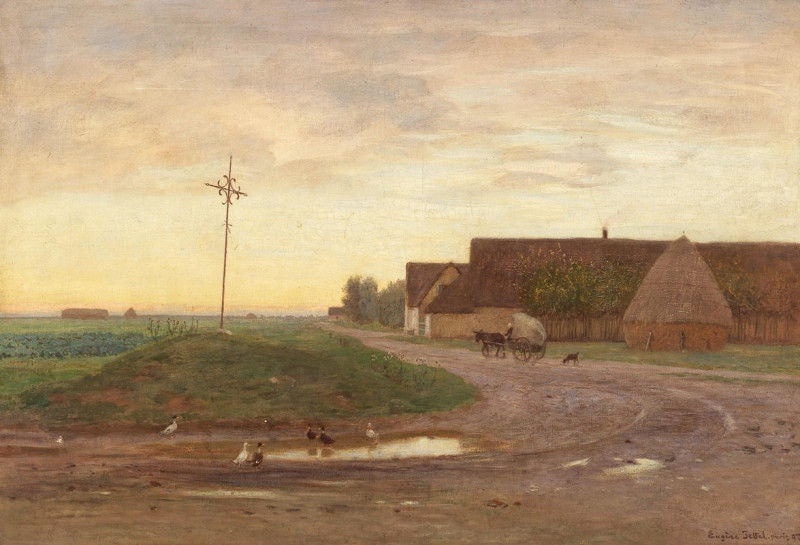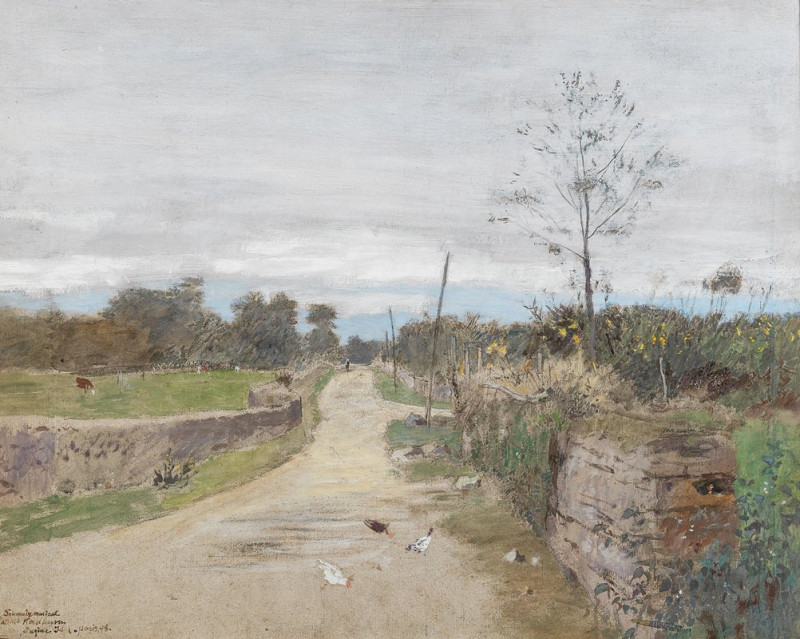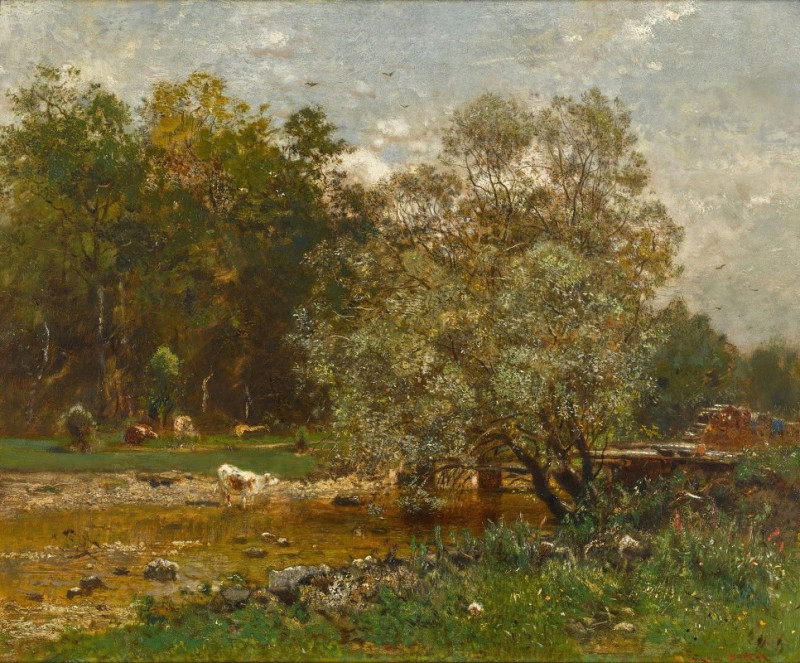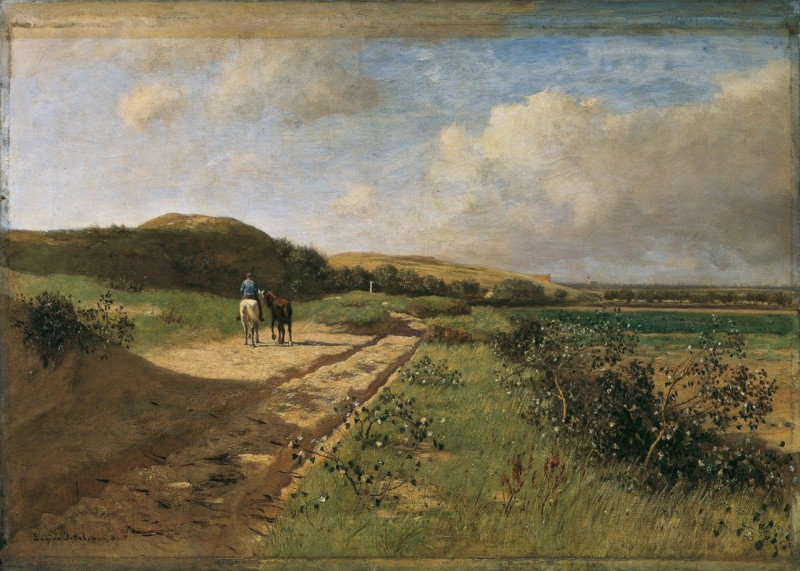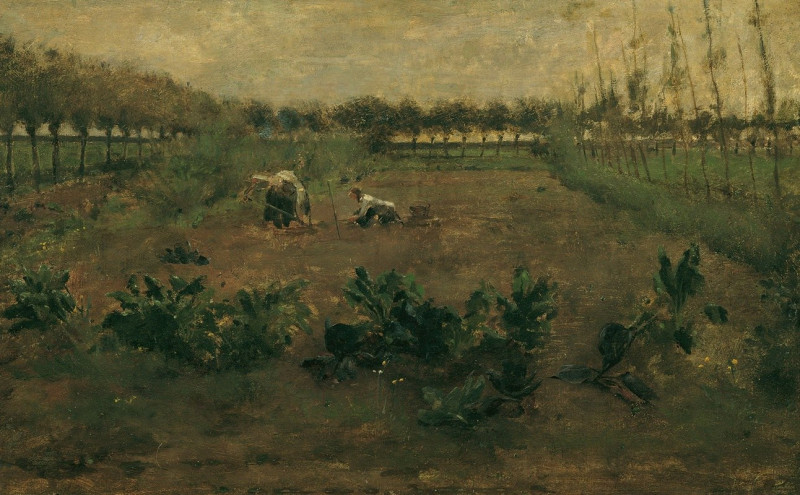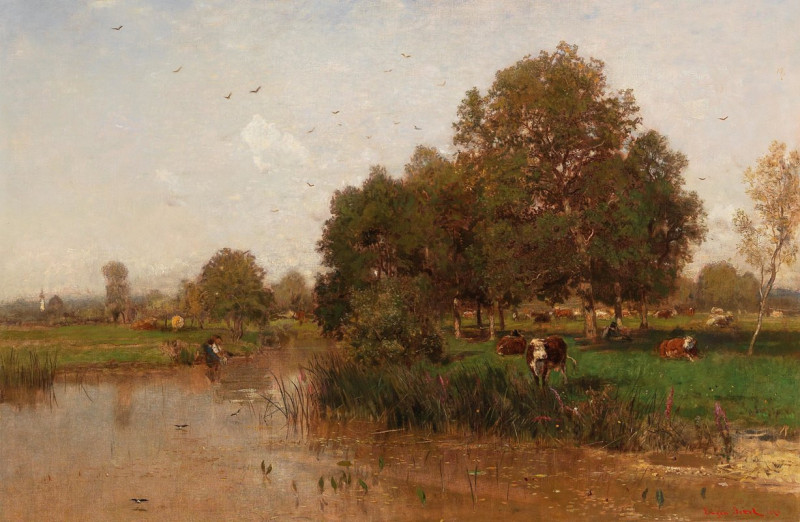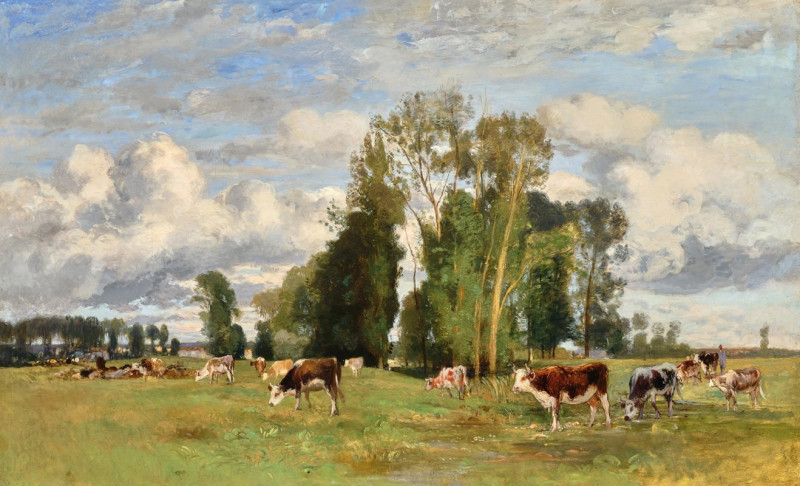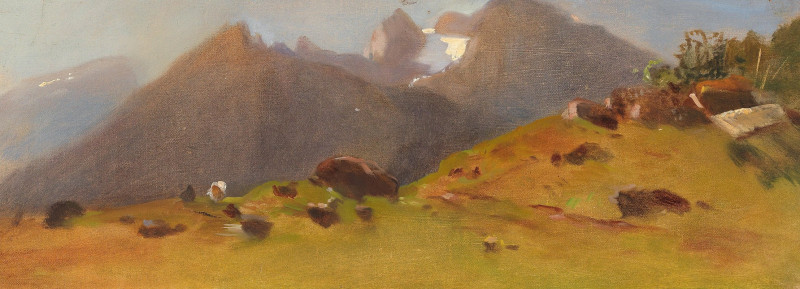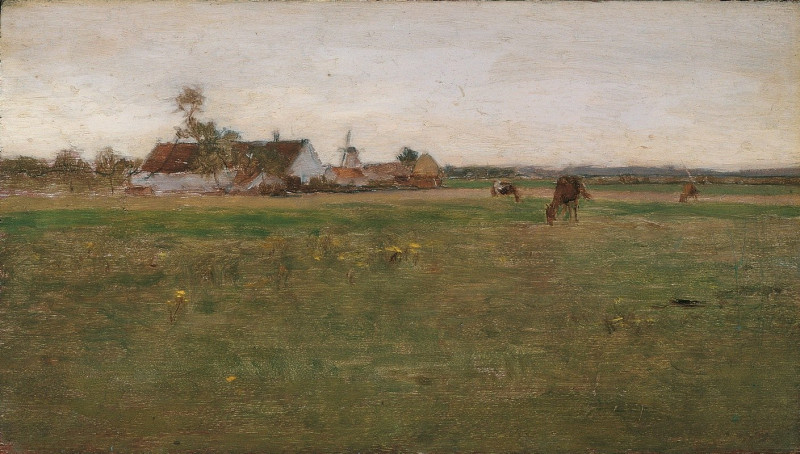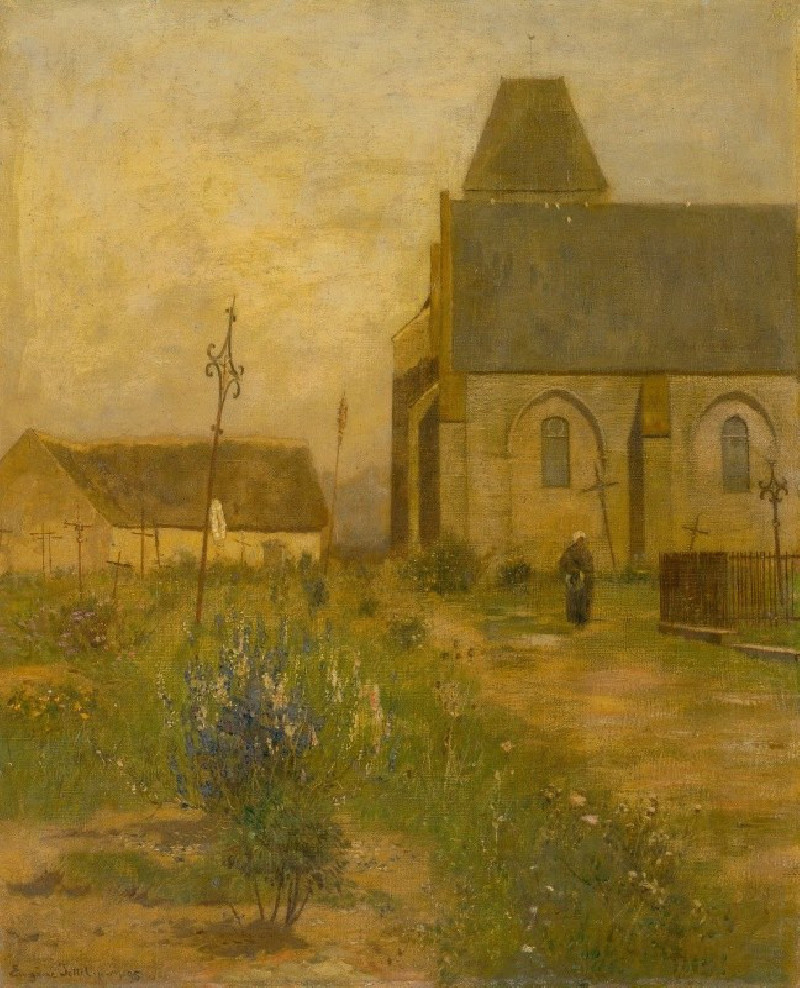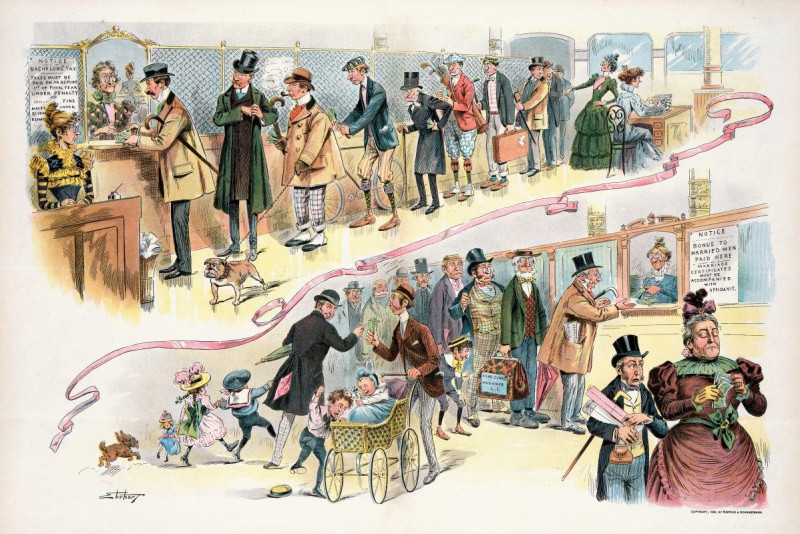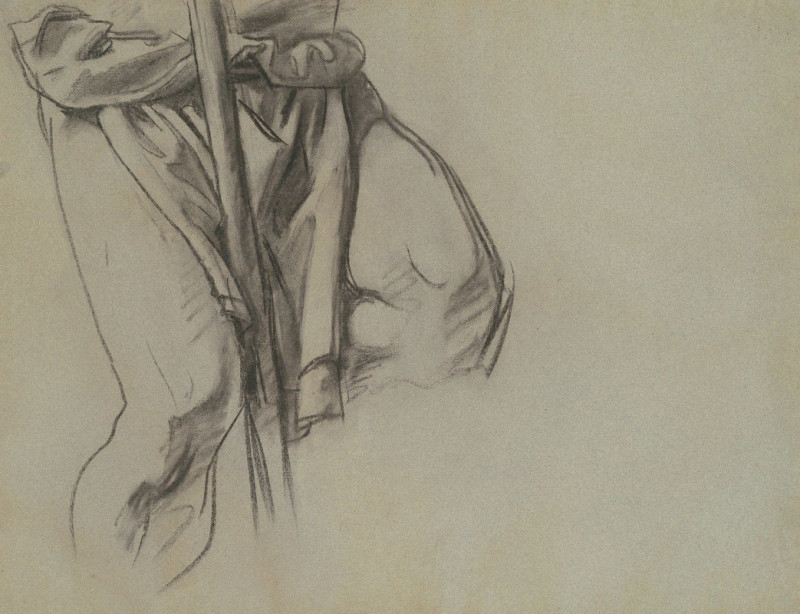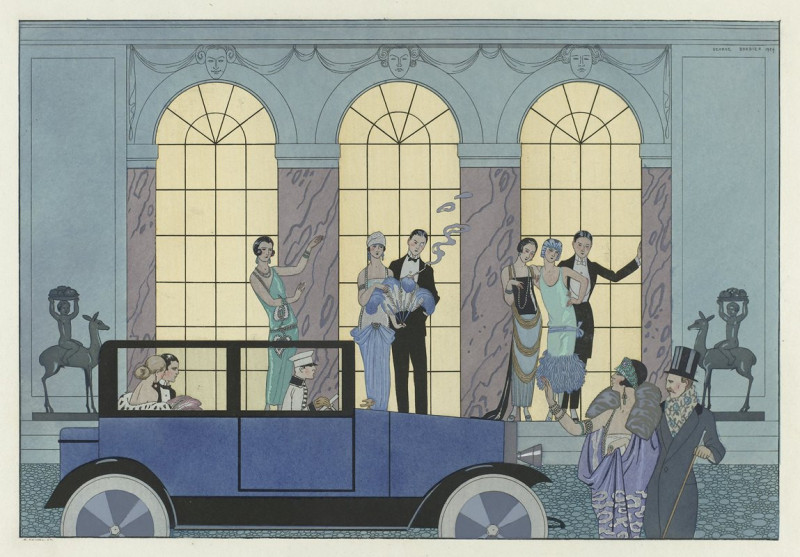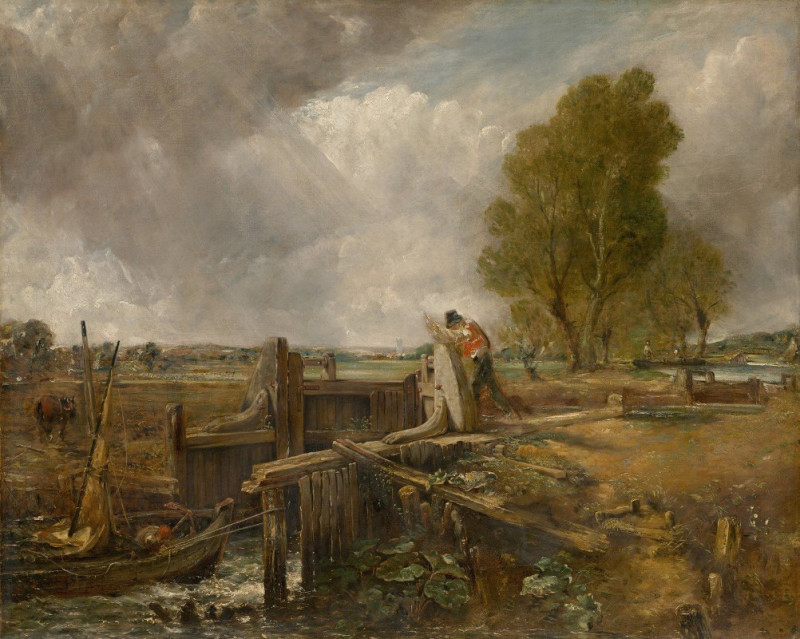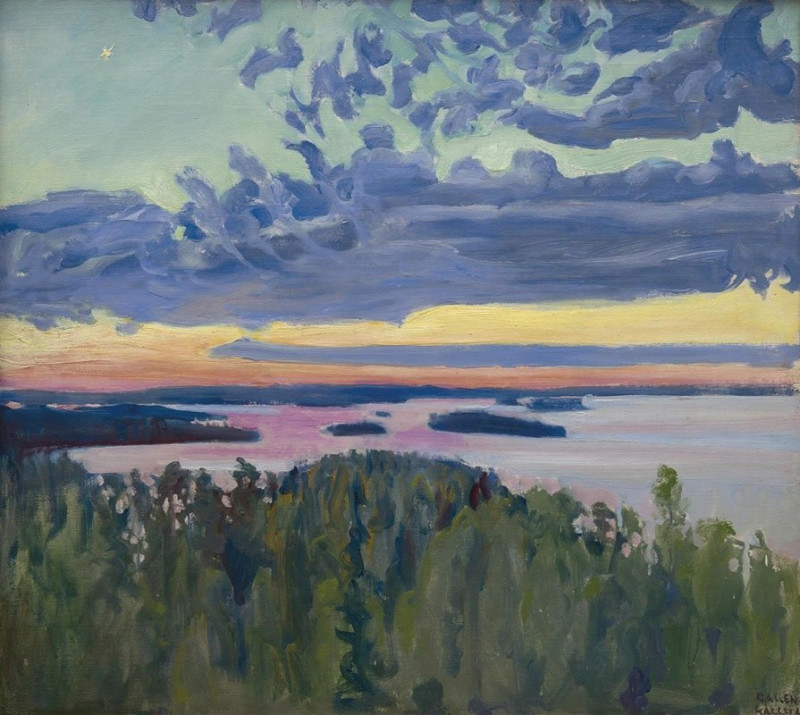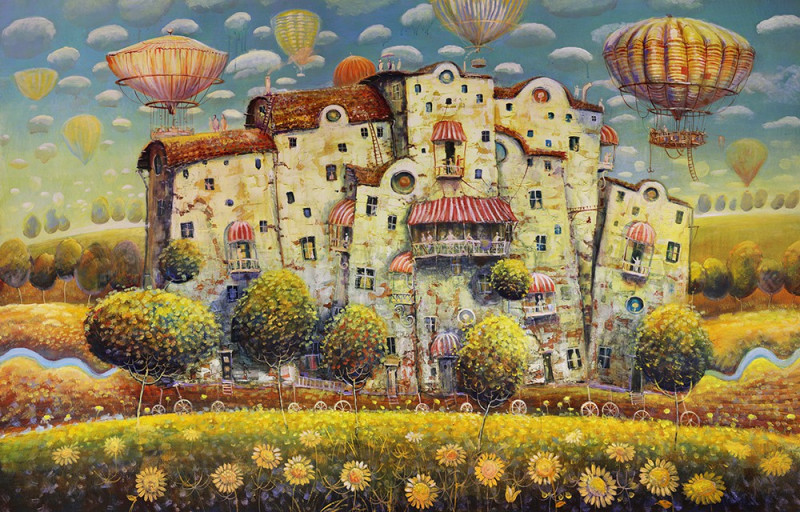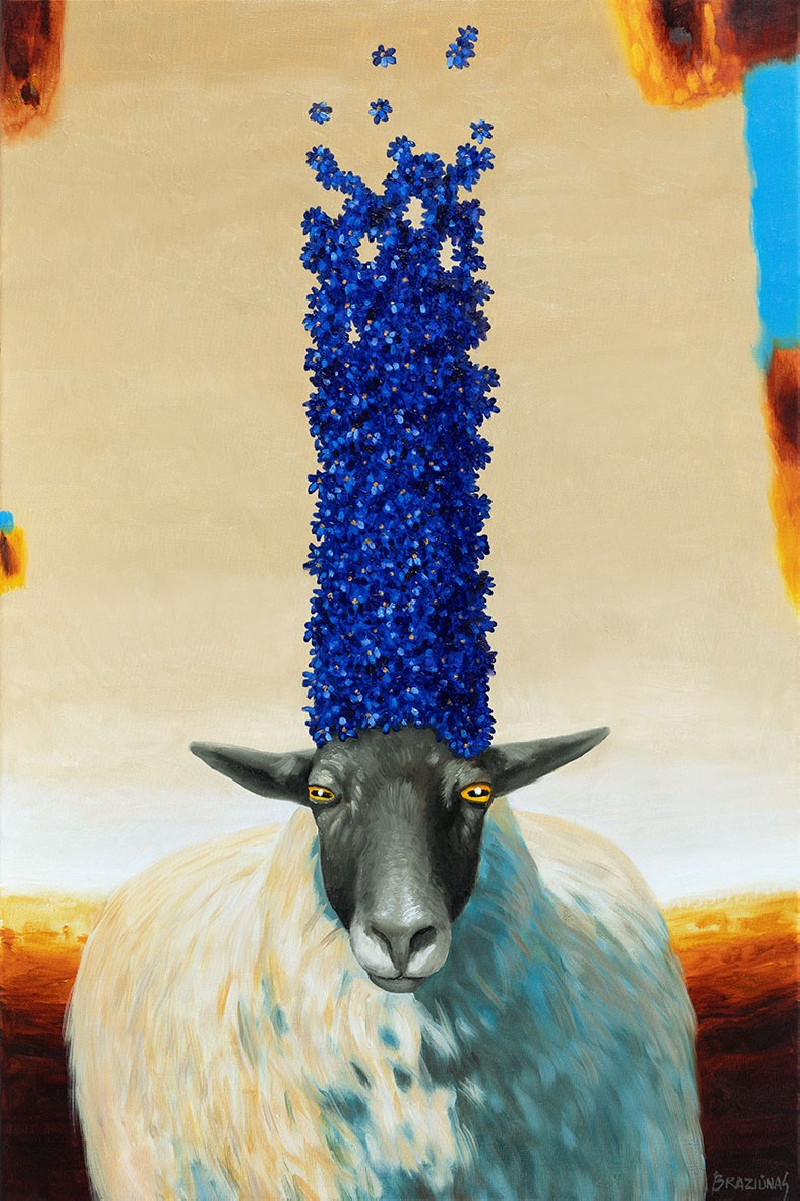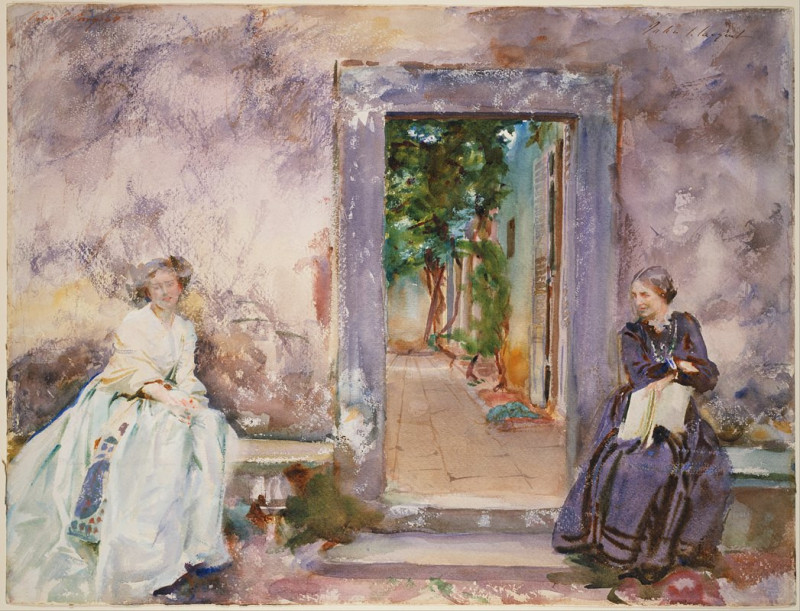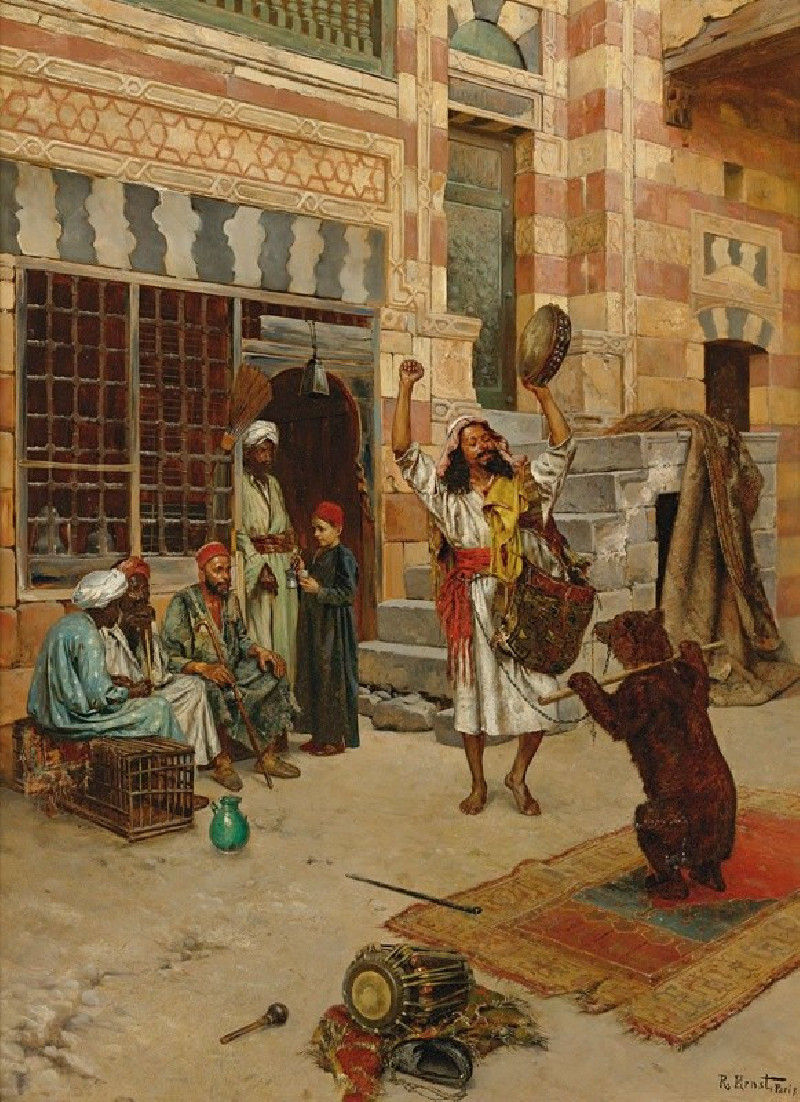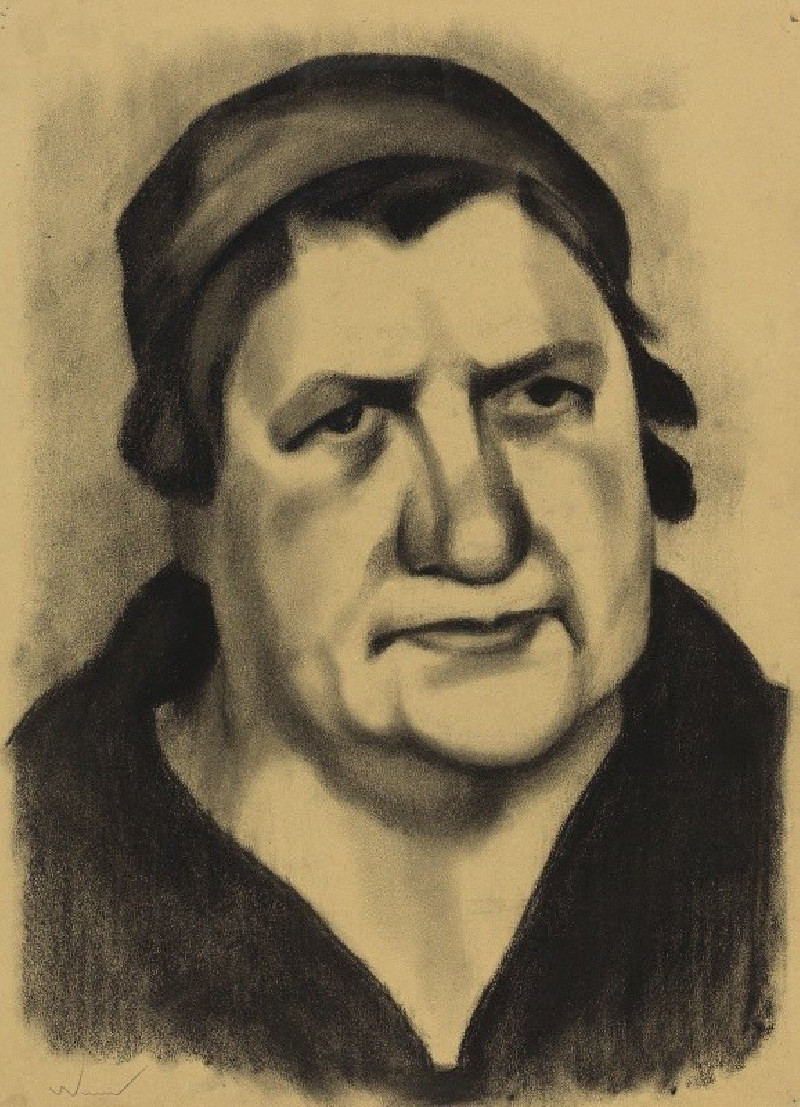Eingang zum Dorf Cayeux (1891)
Technique: Giclée quality print
Recommended by our customers
More about this artwork
Eugen Jettel's enchanting painting "Eingang zum Dorf Cayeux," dated 1891, captures a serene moment at the entrance of the village of Cayeux. The artwork portrays a rustic tableau of the countryside, depicting a series of charming thatched-roof cottages lining a tranquil village path. A gentle, winding stream in the foreground reflects the subtle hues of the sky, lending a peaceful atmosphere to the scene.In the middle distance, a figure with a horse can be seen, adding a human element that brings the village to life. Surrounding the path, scattered wildlife and lush vegetation enhance the naturalism of the work, suggesting a harmonious coexistence between the village and its environment.Jettel's use of soft, atmospheric perspective and his emphasis on the textures of the thatch and foliage showcase his skill in handling light and shadow, creating a warm and inviting scene. This painting not only offers a glimpse into the rustic beauty of Cayeux but also reflects the broader 19th-century European landscape tradition, emphasizing tranquility and pastoral beauty.
Delivery
Returns
Richard Alfred Eugen Jettel (20 March 1845 – 27 August 1901) was an Austrian painter, producing mainly landscapes. He studied at the Vienna Academy and moved to Paris in 1873, before moving back to Vienna in 1897 and serving as a co-founder of the Vienna Secession. He was made a Knight of the Légion d'honneur in 1898.

